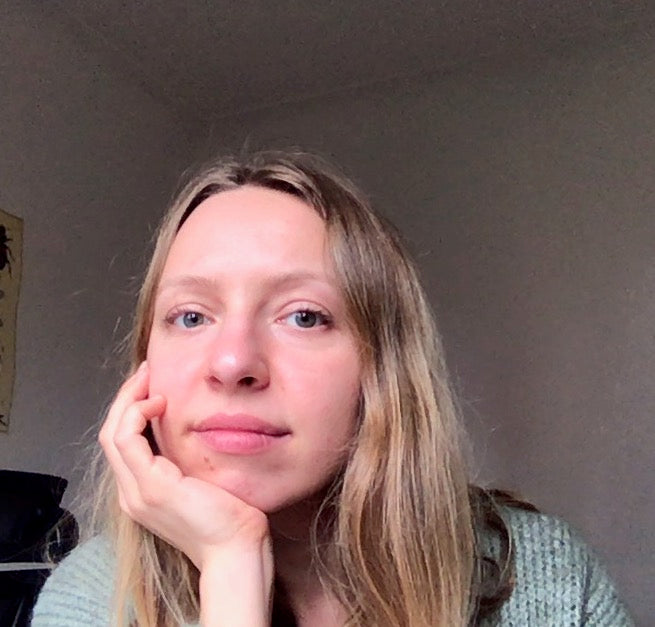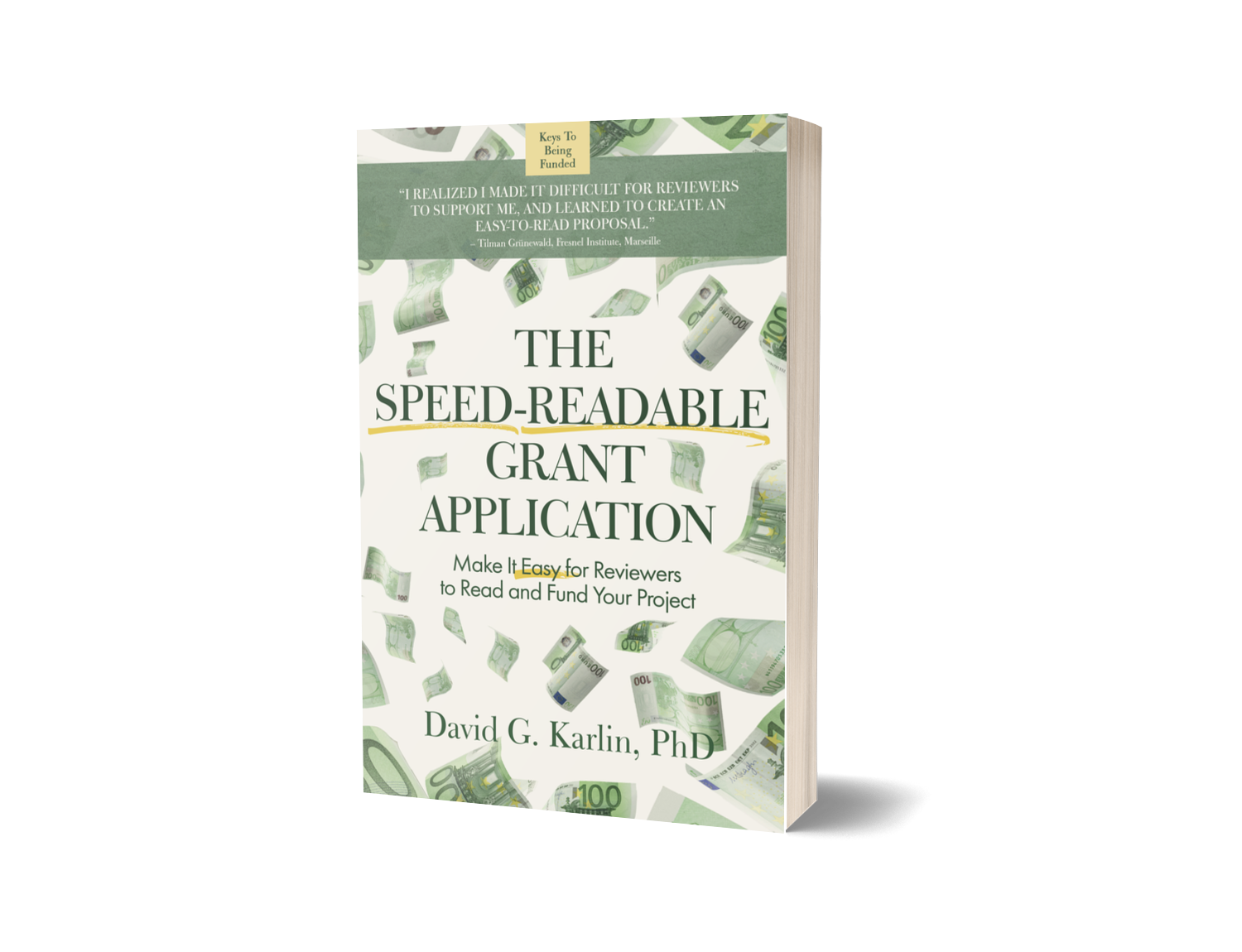
Write speed-readable grant applications
Make it easy for reviewers to read & fund your project (Out on May, 29)
Do you feel panels just didn't ‘get’ your application – or else they'd have funded it?
Many proposals fail simply because they can't be skimmed in 20 minutes.
Do you write good scientific projects, but they don’t get funded and you don't know why? Many grant applications fail before they even get started. That’s because researchers assume that those who take the funding decision (i.e. panel members) will read the entire application before reaching a decision.
In reality, they only take 15-20 minutes to read your application, because they are swamped. Besides, they're generally not experts in your field, which makes it even harder for them to understand your project in this very short time.
Expert reviewers who read your application do spend more time on it, but even them like to give it a quick skim. If they don’t understand the gist of your project on first reading, it puts them in a bad disposition.
Introducing ‘The speed-Readable Grant Application’

The book will teach you a step-by-step procedure to write a funding application that reviewers can skim and understand in 20 minutes. So that grant panel members can actually ‘get’ your project and don't just have to guess. Just as importantly, you'll learn to make the application ‘speed-scorable’, by feeding reviewers the exact information they need in the right places. So that they can easily give top grades to your application.
No more writing as you go along, being rushed and losing the big picture
With this book, you’ll have a clear method to identify and convey your key messages. So that reviewers (finally) understand the big picture and why they should fund you. Last but not least, having a structure to your writing will save you weeks of writing. And stress.
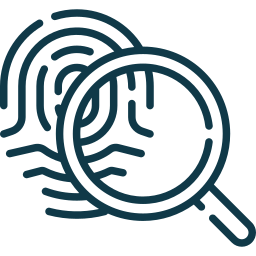
What’s Unique About This Book?
There is no book for writing speed-readable applications. There is even no such book outside of research, e.g. for business. This is crazy when you consider how important it is that applications be readable in less than 20 minutes. Thus the book will give you a genuine competitive edge. What's more, it will also work for all types of documents – articles, reports, and even emails.
Do I really need a book to learn this?
Well, do you know a method to write a document so that it's speed-readable?
No, do you? I've taught over a thousand researchers, and I've never met anyone who did. It's not that it's hard to do – it's just that we don't learn this at school or at work, so yes, you need to invest a bit of time to learn it. But be reassured, the book is speed-readable 😉, practical, and the benefits will spill into every aspect of your writing – you'll be a lot quicker, concise, and convincing.
But don't take my word for it. Read the testimonials below…

The book helped me clarify the messages and structure of my proposal – from page 1!
At first, writing a ‘speed-readable’ proposal did not seem so important… So I'm really glad I read the book because not only I learned to better pitch my projects, but my overall writing and communication also improved – even for papers and talks.
Before reading the book, I approached grant writing mostly as last minute. I was too focused on the science, and less on making the messages clear or concise. Now I understand how important it is to spend time clarifying the messages and the overall structure of the proposal. From page 1! This has already changed the way I write everything (reports, emails, etc). And it made me feel more motivated.
I read the book cover to cover in two sittings. I liked that it's written in an informal way, with simple, clear messages and without sugar-coating.
Diana C. Ferrari
Neurobiologist, Scientific Manager of Strategic Programs, France
Sample the first and last chapter
of the book 'Design Speed-Readable Grant Applications'
If you still hesitate, here's some encouragement!
Applicable to all fields (hard sciences & humanities) and career stages
The book is applicable to all types of proposals and all fields, including the Social Sciences and Humanities (which I regularly examine), though the examples tend to be taken from the natural sciences.
Makes it easy for reviewers to give you a good score
The book contains a section on making it easy for evaluators to score you. That section alone is worth buying the book for – application templates are poorly designed, so it's usually hard for evaluators to find the keywords they need to score you. The book explains exactly which keywords to include, and where, to help evaluators score you well.
Makes it easier to write collaborative applications
Let's face it, collaborative applications are a nightmare. Every author pulls in a different direction, and boy, does it show in the final application. With this book, no more! You'll be able to get everybody to agree on key messages before writing up the application, and to keep coherency throughout the proposal.
Practical, immediately applicable
The book is informed by 10 years training 1,000 researchers, so it contains:
- lots of examples validated in courses
- answers to the most common objections and misunderstandings
- tips to avoid the most common mistakes
- take-home messages for each chapter
- a checklist to ensure your application is speed-readable…
Works in the real world of grant panels
The book is evidence-based – informed both by the literature on funding panels and by my knowledge of what really goes on in grant panels. The strategies it recommends work in the real world.
Relies on proven strategies from journalism, marketing and design
Why reinvent the wheel? Journalists know how to write a speed-readable articles. Marketers know how to convince. Designers know how to make an engaging document. The book relies on their proven strategies.
Helps you get more useful feedback from colleagues
Colleagues tend to say "Yes, your application's great" even if it really is uglier than Frankenstein's monster. But once you write applications they can skim in 20 minutes, they will give you much more useful feedback. Even overworked leaders in your field will be more willing to read it.
Helps diagnose grant applications for clarity
The book includes a diagnosis sheet, to diagnose any application (or any document) for clarity and readability.
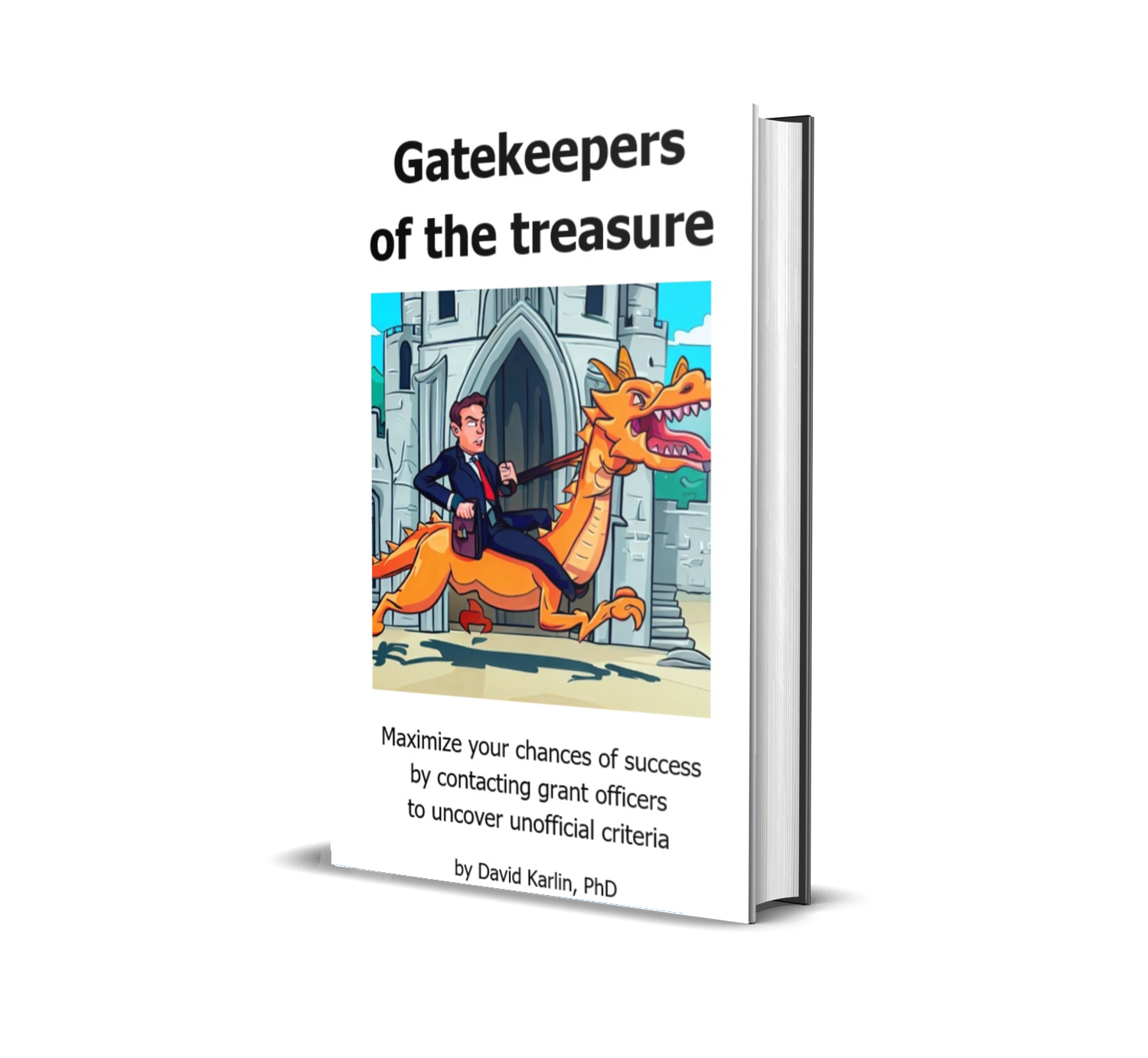
Special bonus (with premium option)
Maximize your chances of success by contacting grant officers (PDF) worth 15€
Did you know that the main criterion associated with funding success is having contacted a grant officer early in the process? That's because they can alert you to unofficial criteria and give you precious feedback.
Yet most researchers would rather die than leave the safety of their computer and reach out to these mysterious grant officers. Fear no more! This guide will explain you why, when and how to contact the ‘gatekeepers of the treasure’.
Not only you'll increase your funding chances, but you'll be feeling much less stressed, because you know you're writing exacly the kind of project your funding agency expects.
Ebook version

REGULAR
Preorder Available on 15 Jan

PREMIUM
Preorder Available on 15 Jan
The Speed-Readable Grant Application (eBook)
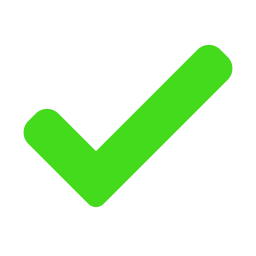

Bonus
Maximize Your Chances of Success by Contacting Grant Officers (PDF) Worth 15€
-

Special Price
19.5 €
21.5 €
Paperback version
If you prefer the feel of a real book in your hand, you can buy a paperback version, either directly from our website (UK & US), or from Amazon (any other country).




